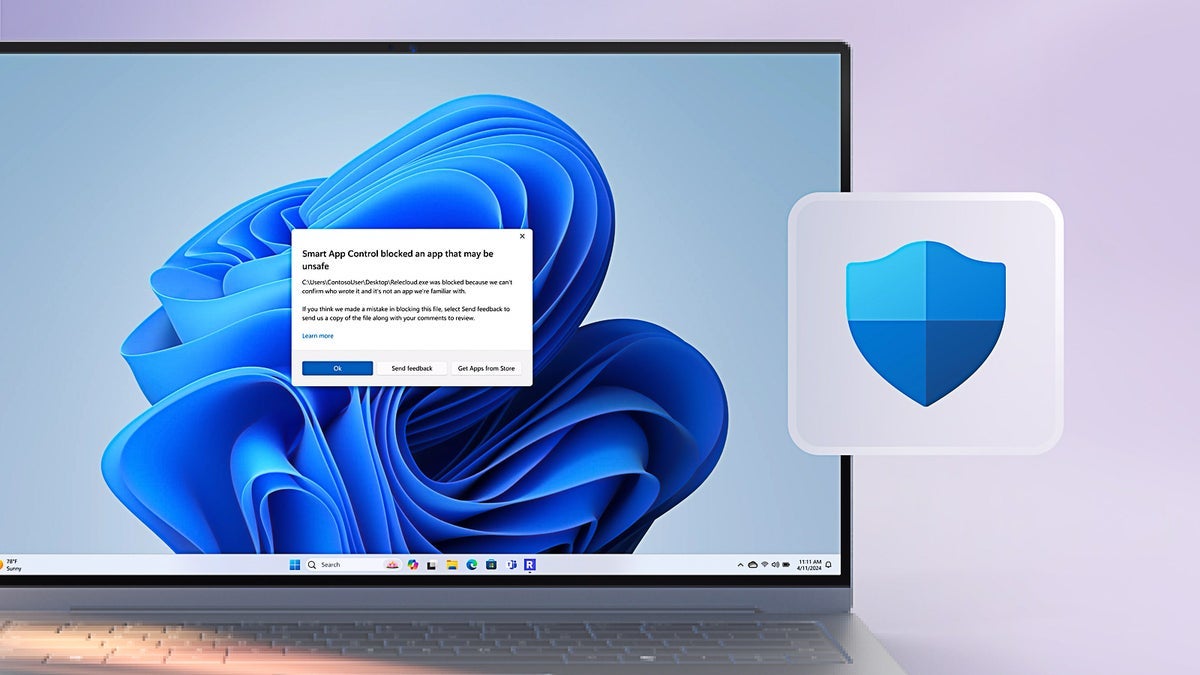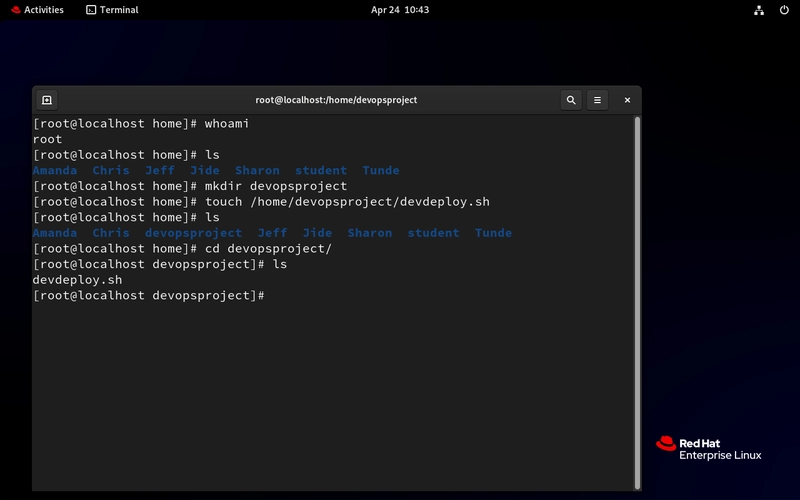What is an Eavesdropping Attack?
As organizations increasingly rely on digital communication, the threat of eavesdropping attacks has never been more serious. Cybercriminals are exploiting unsecured networks to silently intercept sensitive information, leaving businesses vulnerable to devastating breaches. To effectively counter this threat, understanding the nature of eavesdropping attacks—and how to defend against them—is essential. What Exactly is an Eavesdropping Attack? An eavesdropping attack occurs when unauthorized actors secretly capture data as it travels between two communicating devices. Also known as snooping, this technique leverages weaknesses in network security, allowing attackers to access, modify, or steal critical information without the users' knowledge. These attacks often go unnoticed, making them one of the most dangerous forms of cyber intrusion. Whether targeting corporate secrets, personal credentials, or government data, eavesdropping can serve purposes ranging from financial theft to espionage. How Eavesdropping Attacks Are Carried Out Cybercriminals employ various sophisticated methods to intercept communications, including: Man-in-the-Middle (MitM) Attacks: Intercepting traffic between two endpoints. Packet Sniffing: Capturing data packets for analysis and extraction of valuable information. Wi-Fi and Bluetooth Exploitation: Hacking into unsecured wireless signals. VoIP and Mobile Monitoring: Tapping into calls and text transmissions. Physical Wiretapping: Directly accessing network infrastructure to observe data flows. In many cases, public networks, outdated systems, or poor password practices open doors for these attacks. Business Risks Associated with Eavesdropping The repercussions of a successful eavesdropping attack can be extensive: Financial Damages: Theft of funds, ransom demands, or revenue loss due to data breaches. Confidentiality Breaches: Exposure of sensitive discussions, strategies, or client information. Intellectual Property Theft: Competitors gaining access to innovations or trade secrets. Regulatory Penalties: Fines and legal action arising from compliance violations. **Reputation Loss: **Damaged trust with customers, partners, and stakeholders. In critical industries like healthcare, defense, or finance, the fallout can be particularly devastating. How to Strengthen Defenses Against Eavesdropping Organizations must adopt a proactive security posture to mitigate the risk: Deploy Strong Encryption: End-to-end encryption ensures data is unreadable if intercepted. Secure Communications Channels: Use VPNs and encrypted email systems for sensitive exchanges. Enforce Multi-Factor Authentication: Adds an extra layer of access control even if credentials are compromised. Maintain Network Firewalls and Segmentation: Contain traffic within isolated zones. Conduct Regular Updates and Patch Management: Eliminate vulnerabilities before they can be exploited. Implement Endpoint Monitoring Tools: Detect suspicious activities across all devices. Promote Cybersecurity Awareness: Train employees on best practices and eavesdropping risks. Final Thoughts In an era where digital communication underpins every business function, protecting against eavesdropping is non-negotiable. Attackers continuously evolve their techniques, but with the right combination of technology, processes, and awareness, organizations can stay one step ahead. Investing in comprehensive cybersecurity measures today is the most reliable way to safeguard sensitive data and maintain the trust that businesses are built upon.
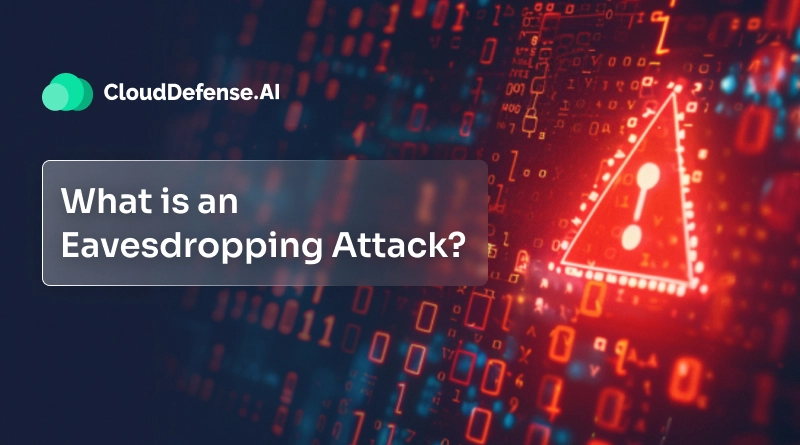

As organizations increasingly rely on digital communication, the threat of eavesdropping attacks has never been more serious. Cybercriminals are exploiting unsecured networks to silently intercept sensitive information, leaving businesses vulnerable to devastating breaches. To effectively counter this threat, understanding the nature of eavesdropping attacks—and how to defend against them—is essential.
What Exactly is an Eavesdropping Attack?
An eavesdropping attack occurs when unauthorized actors secretly capture data as it travels between two communicating devices. Also known as snooping, this technique leverages weaknesses in network security, allowing attackers to access, modify, or steal critical information without the users' knowledge.
These attacks often go unnoticed, making them one of the most dangerous forms of cyber intrusion. Whether targeting corporate secrets, personal credentials, or government data, eavesdropping can serve purposes ranging from financial theft to espionage.
How Eavesdropping Attacks Are Carried Out
Cybercriminals employ various sophisticated methods to intercept communications, including:
- Man-in-the-Middle (MitM) Attacks: Intercepting traffic between two endpoints.
- Packet Sniffing: Capturing data packets for analysis and extraction of valuable information.
- Wi-Fi and Bluetooth Exploitation: Hacking into unsecured wireless signals.
- VoIP and Mobile Monitoring: Tapping into calls and text transmissions.
- Physical Wiretapping: Directly accessing network infrastructure to observe data flows.
In many cases, public networks, outdated systems, or poor password practices open doors for these attacks.
Business Risks Associated with Eavesdropping
The repercussions of a successful eavesdropping attack can be extensive:
- Financial Damages: Theft of funds, ransom demands, or revenue loss due to data breaches.
- Confidentiality Breaches: Exposure of sensitive discussions, strategies, or client information.
- Intellectual Property Theft: Competitors gaining access to innovations or trade secrets.
- Regulatory Penalties: Fines and legal action arising from compliance violations.
- **Reputation Loss: **Damaged trust with customers, partners, and stakeholders.
In critical industries like healthcare, defense, or finance, the fallout can be particularly devastating.
How to Strengthen Defenses Against Eavesdropping
Organizations must adopt a proactive security posture to mitigate the risk:
- Deploy Strong Encryption: End-to-end encryption ensures data is unreadable if intercepted.
- Secure Communications Channels: Use VPNs and encrypted email systems for sensitive exchanges.
- Enforce Multi-Factor Authentication: Adds an extra layer of access control even if credentials are compromised.
- Maintain Network Firewalls and Segmentation: Contain traffic within isolated zones.
- Conduct Regular Updates and Patch Management: Eliminate vulnerabilities before they can be exploited.
- Implement Endpoint Monitoring Tools: Detect suspicious activities across all devices.
- Promote Cybersecurity Awareness: Train employees on best practices and eavesdropping risks.
Final Thoughts
In an era where digital communication underpins every business function, protecting against eavesdropping is non-negotiable. Attackers continuously evolve their techniques, but with the right combination of technology, processes, and awareness, organizations can stay one step ahead.
Investing in comprehensive cybersecurity measures today is the most reliable way to safeguard sensitive data and maintain the trust that businesses are built upon.
































































































































































![[The AI Show Episode 143]: ChatGPT Revenue Surge, New AGI Timelines, Amazon’s AI Agent, Claude for Education, Model Context Protocol & LLMs Pass the Turing Test](https://www.marketingaiinstitute.com/hubfs/ep%20143%20cover.png)















































































































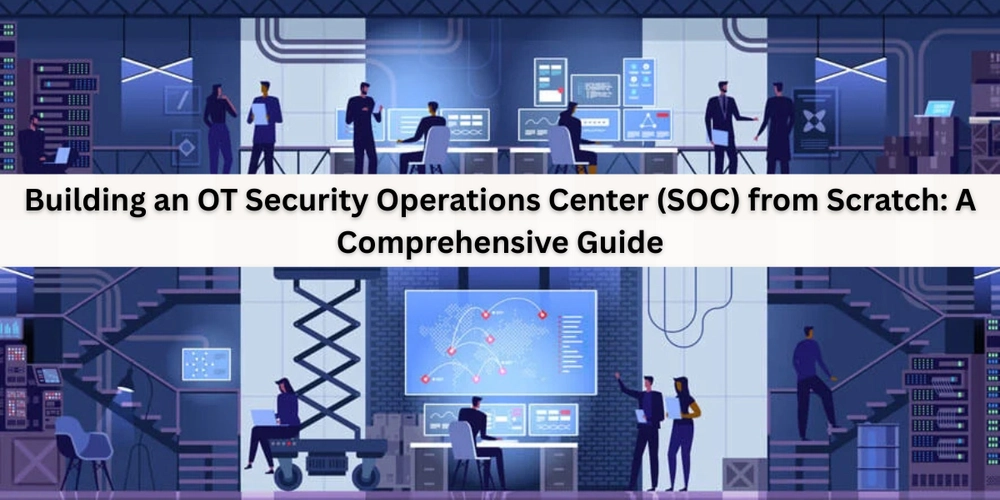


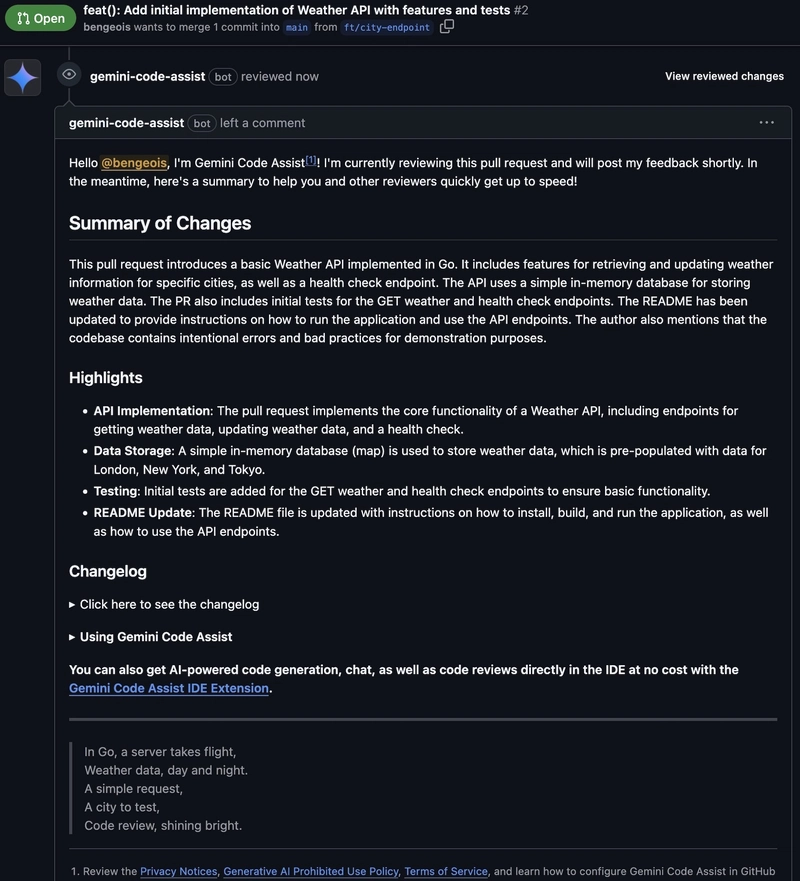













![[DEALS] Koofr Cloud Storage: Lifetime Subscription (1TB) (80% off) & Other Deals Up To 98% Off – Offers End Soon!](https://www.javacodegeeks.com/wp-content/uploads/2012/12/jcg-logo.jpg)
















































































































-RTAガチ勢がSwitch2体験会でゼルダのラスボスを撃破して世界初のEDを流してしまう...【ゼルダの伝説ブレスオブザワイルドSwitch2-Edition】-00-06-05.png?width=1920&height=1920&fit=bounds&quality=70&format=jpg&auto=webp#)























_roibu_Alamy.jpg?width=1280&auto=webp&quality=80&disable=upscale#)






















































































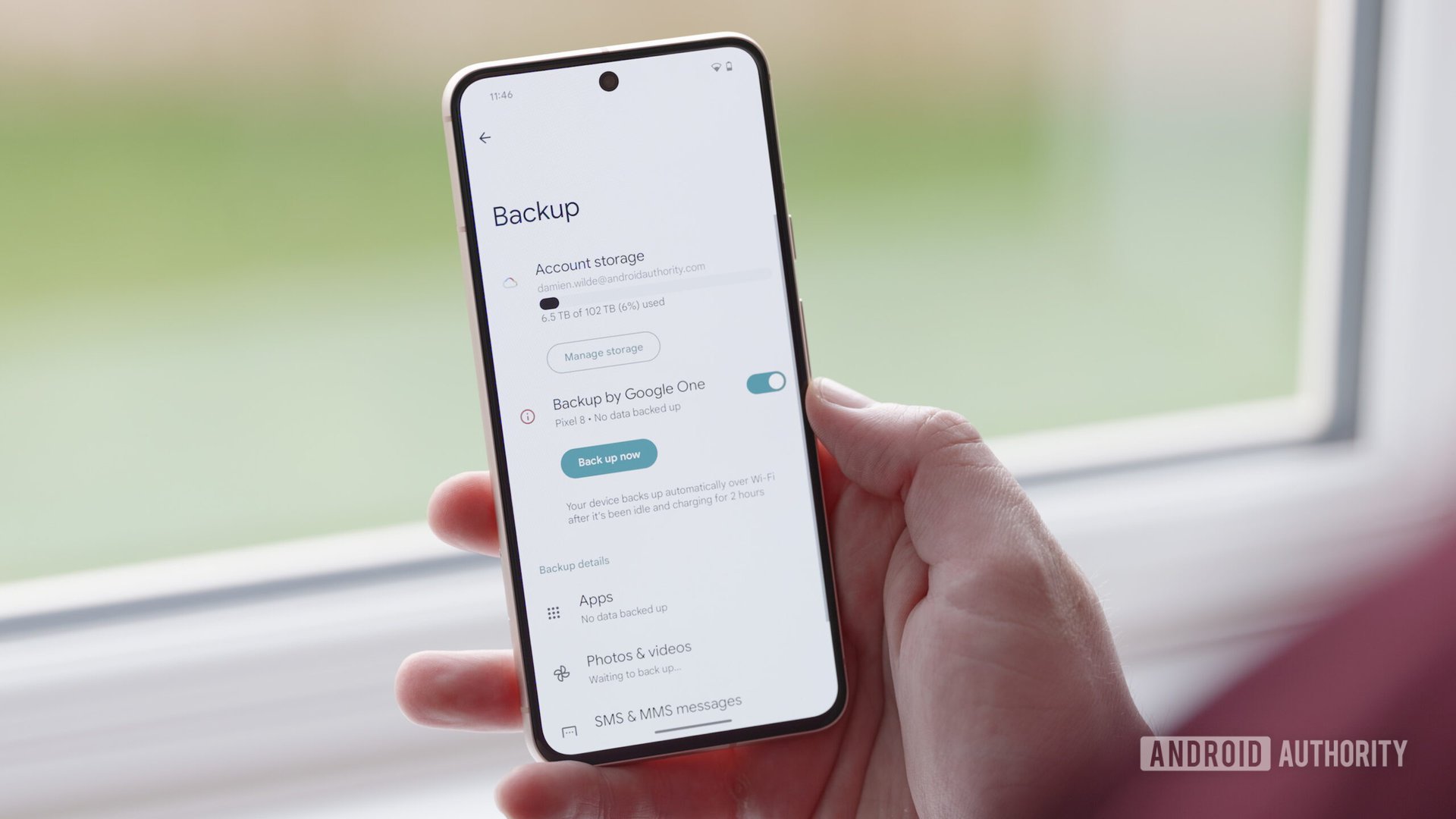




















![M4 MacBook Air Drops to Just $849 - Act Fast! [Lowest Price Ever]](https://www.iclarified.com/images/news/97140/97140/97140-640.jpg)
![Apple Smart Glasses Not Close to Being Ready as Meta Targets 2025 [Gurman]](https://www.iclarified.com/images/news/97139/97139/97139-640.jpg)
![iPadOS 19 May Introduce Menu Bar, iOS 19 to Support External Displays [Rumor]](https://www.iclarified.com/images/news/97137/97137/97137-640.jpg)



















































